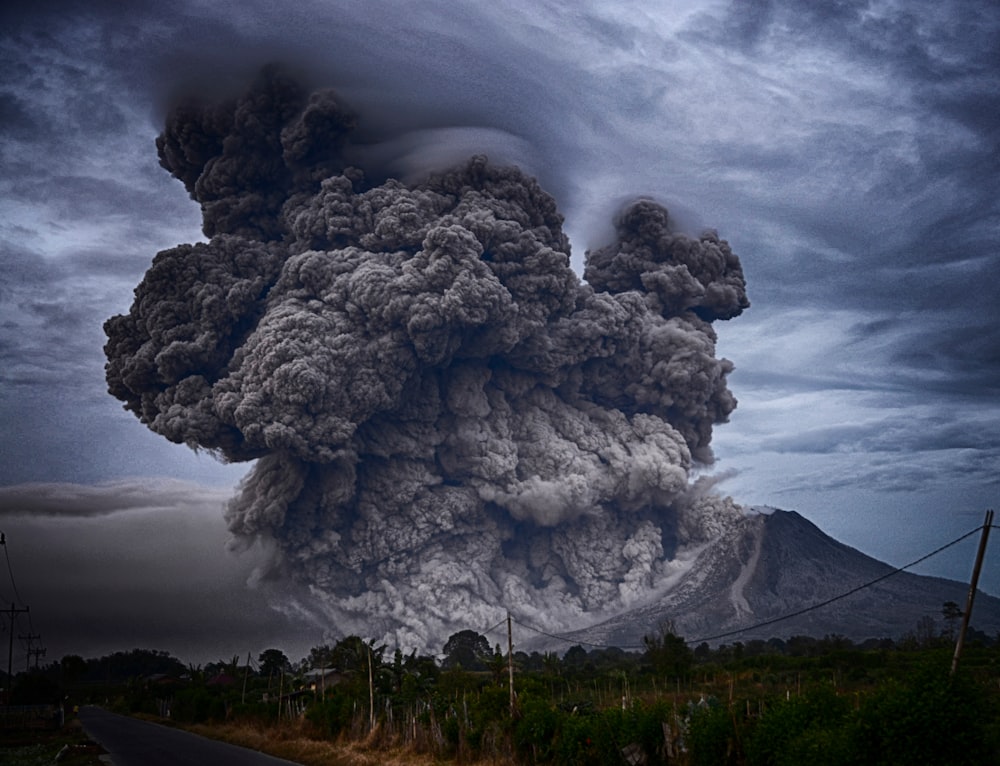Are Natural Disasters becoming more frequent and grand in scale? How close are we to forecasting natural hazards and effectively mitigating their risks?
Natural Disasters are defined as sudden, catastrophic events that disrupt communities causing human, materialistic, environmental or economic losses, beyond the coping ability of the effected community. Although often caused by nature, disasters can have human input or origins. Examples covered in this unit range from geophysical events, such as volcanoes, earthquakes and landslides, to climatological/meteorological events (severe weather, flooding) and biological events (disease epidemics, animal plagues). Understanding our planet and the dynamic systems governing the Earth is the key to forecasting and planning for Natural Hazards. The Grand Challenge is to be able to predict and mitigate the effects of natural hazards, such that disasters are avoided.
In this multi-disciplinary Grand Challenge, you will discover concepts from geology, climatology, biology, physics and chemistry. You will do this by investigating scientific issues surrounding natural hazards; looking at their causes, effects and mitigation options. Can we, as scientists, predict and therefore avoid future natural disasters?

Mount Sinabung, IndonesiaPhoto by Yosh Ginsu on Unsplash